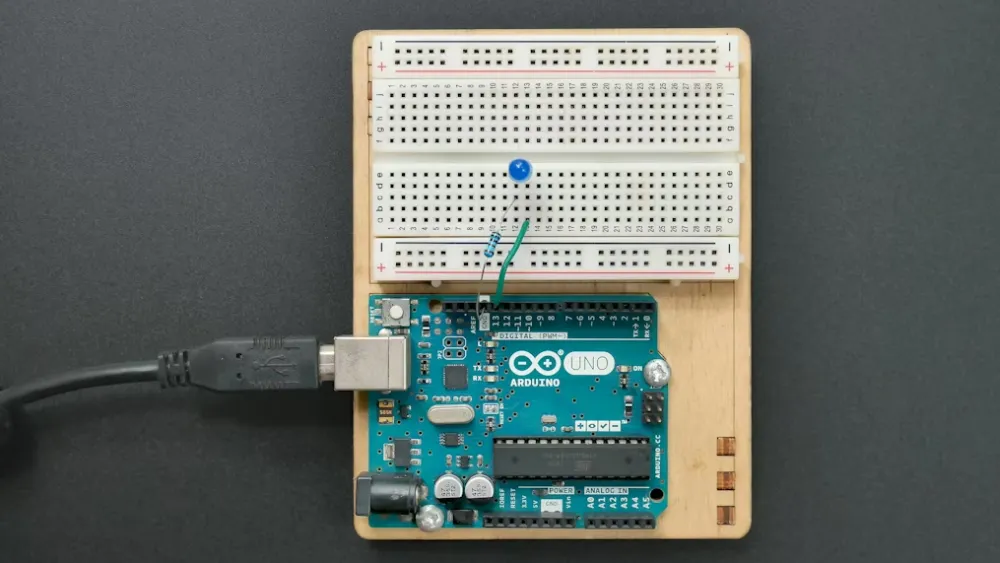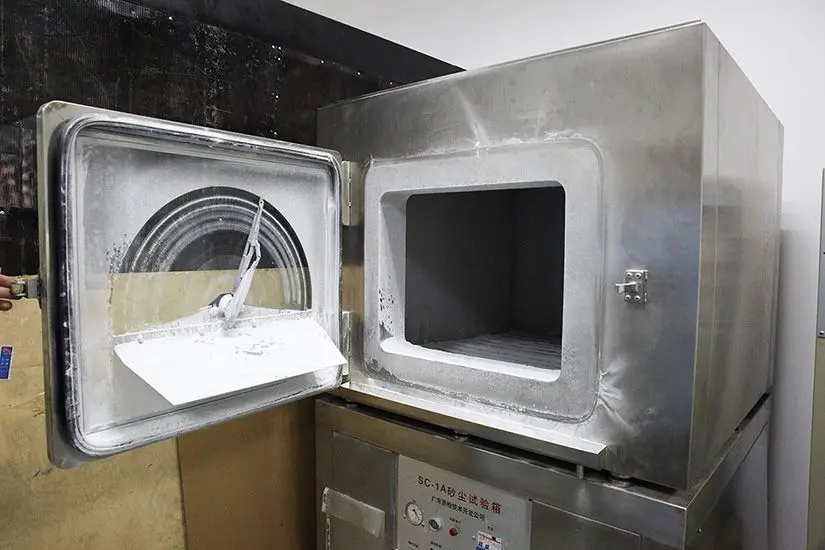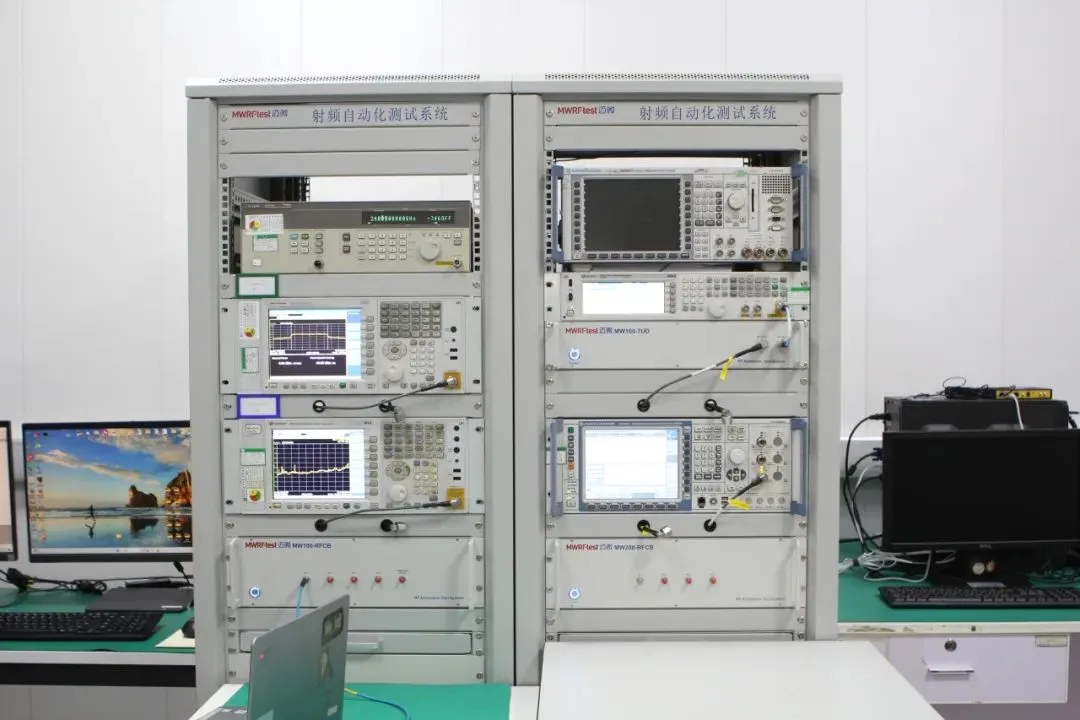
EN71 Safety of Toys Certification Testing
EN71 is a regULatory standard for toy products in the European market. Children, being the most caRED-for group in society, drive the rapid development of the toy market. However, incidents of harm caused by toys due to quality issues are not uncommon. Consequently, countries worldwide are imposing increasingly stringent requirements on toys sold in their markets.
To ensure the free circulation of toys in the European market while objectively protecting consumer health and safety, toys must comply with the "Basic Safety Requirements," "General Principles," and "Specific Hazards" outlined in the standards. Toys designed for children under 14 years old must be safe for users and others when used as intended or in a foreseeable way. Toys meeting these standards are marked with the "CE" symbol, signifying that manufacturers or legal representatives guarantee compliance.

EN 71 Part 1: 2005+A9:2009 - Physical & Mechanical Tests
- (a) Without Sound Module
- (b) With Sound Module
- (c) Earphones with Sound
- (d) 7,000 Cycle Switch Test for Toy Chests
- (e) Ride-on Toys
- (f) Mouth-actuated Toys
This part primarily covers tests such as drop testing, small parts detection, sharp edge testing, tensile strength, compression, seam strength, eye/nose/mouth pull testing, and torque testing.
EN 71 Part 2: 1993 - Flammability Tests
- (a) Finished Products
- (b) Pile Fabrics or Materials
EN 71 Part 3: 1994 - Toxic Elements Test (8 Toxic Elements)
Tests for the release of toxic metals, including lead, mercury, cadmium, chromium, arsenic, selenium, barium, and antimony.
EN 71 Part 4: Experimental Sets for Chemistry
Toys designed for chemistry experiments.
EN 71 Part 5: CheMICal Toys Other than Experimental Sets
Chemical toys not used for experimentation.
EN 71 Part 6: Graphical Symbol for Age Warning Labelling
Labelling requirements for age warnings.
EN 71 Part 7: Finger Paints
- (a) Colorants
- (b) Preservatives
- (c) Binding Agents, Extenders, Humectants, Surfactants, and Ingredient Review
- (d) Limits for Element Transfer
- (e) Limits for Primary Aromatic Amines
- (f) Ethanol
- (g) pH Value
- (h) Product Information & Packaging
EN 71 Part 8: Swings, Slides, and Similar Toys for Domestic Indoor and Outdoor Use
EN 71 Part 9: General Requirements for Organic Compounds in Toys
Defines migration limits for toxic compounds in toys that could be exposed to oral contact, ingestion, skin contact, eye contact, or inhalation.
Products Covered:
- Toys designed for children under 3 years of age that may be mouthed or chewed.
- Toys or components weighing ≤150 grams designed for children under 3.
- Mouth-contact parts of mouth-actuated toys.
- Toys intended to be worn on the mouth or nose.
- Toys accessible to children.
- Components of toys or applications imitating food.
- Solid toy materials, colored or colorless liquids, and modeling materials.
- Balloons and adhesive-applied imitation tattoos.
- Jewelry-like toys.
Substances Covered:
Flame retardants, colorants, aromatic amines, monomers, solvent migration, wood preservatives, and other additives or plasticizers.
EN 71 Part 10: Sample Preparation and Extraction of Organic Compounds
EN 71 Part 11: Analytical Methods for Organic Compounds
This comprehensive certification ensures toys meet safety, health, and environmental standards for children.
Email:hello@jjrlab.com
Write your message here and send it to us
 Energy Storage Battery Brazil Inmetro Certificatio
Energy Storage Battery Brazil Inmetro Certificatio
 Southeast Asia Compliance Requirements for EV Char
Southeast Asia Compliance Requirements for EV Char
 Brazil ANATEL & INMETRO Certification Guide
Brazil ANATEL & INMETRO Certification Guide
 Automotive-Grade Active Crystal AEC-Q200 Certifica
Automotive-Grade Active Crystal AEC-Q200 Certifica
 How to Comply with EU GPSR
How to Comply with EU GPSR
 U.S Cosmetics Require FDA Registration for Customs
U.S Cosmetics Require FDA Registration for Customs
 Interpretation of IEC/EN/AS 62477-1:2022 Standard
Interpretation of IEC/EN/AS 62477-1:2022 Standard
 What is Amazon TIC and How Can Sellers Achieve Com
What is Amazon TIC and How Can Sellers Achieve Com
Leave us a message
24-hour online customer service at any time to respond, so that you worry!




